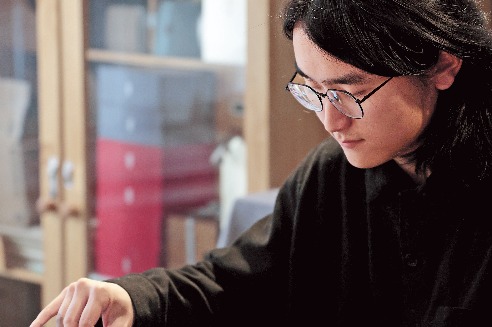China's 'eye of heaven' to open the eye of the world


"I am not a master of strategies, just a veteran with knowhows," said Nan Rendong, the founder and chief scientist of FAST, at that time.
It was Nan who led the whole team through the long slog. Countless difficulties occurred along the way, but these Chinese scientists never thought of surrender. "When we come to hill, we cut a road; when the river is ahead, we build a bridge," said Jiang Peng, who took over this cause as the chief engineer after Nan passed away at 72 because of lung cancer.
Underpinned by such faith, 22 years later, FAST, which is the size of 30 soccer fields and consists of 4,450 reflecting units and 6,670 steel cables, has finally come into being. Taking advantage of the karst landform of Guizhou province, scientists have designed the telescope with a paraboloid surface that maximizes reflection.
"The paraboloid helps with the focus and thus enables FAST to work more efficiently," said Zhao Baoqing, head of the on-site office of FAST.
"FAST could discover ca.150 pulsars a year, while other radio telescopes altogether could detect 50."
- Why learning China studies is a required course now?
- What can the world learn from China?
- Rocket successfully delivers satellite into orbit
- Global Sinologists gather in Shanghai for China studies conference
- Intl Biopharma Industry Week Shanghai 2025 kicks off
- British scholar: The West can never understand China if it insists on making China the same as the West





































